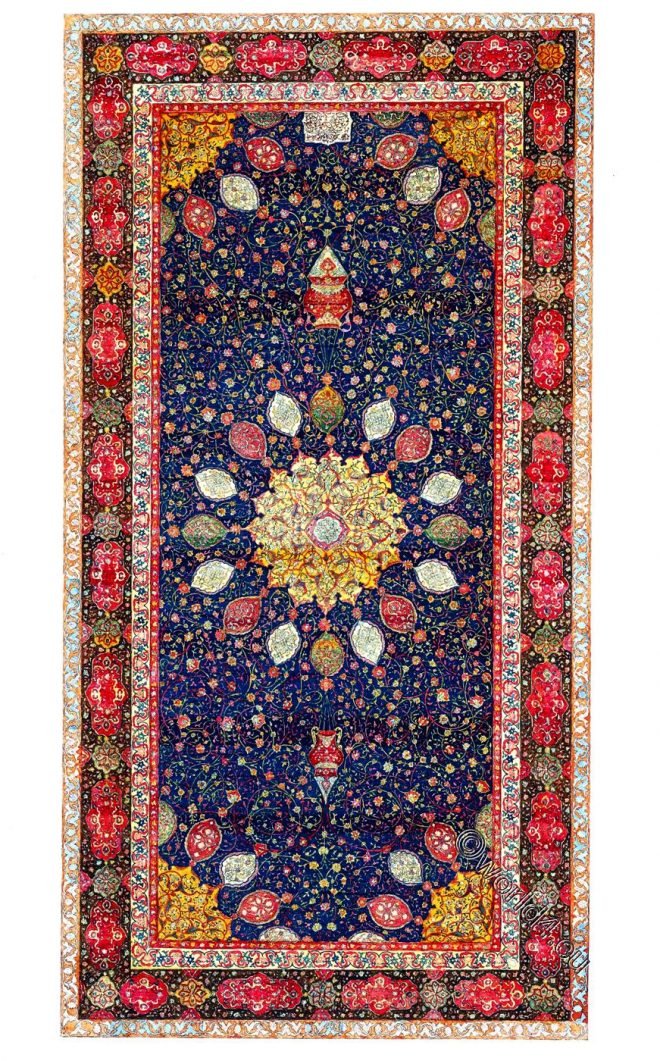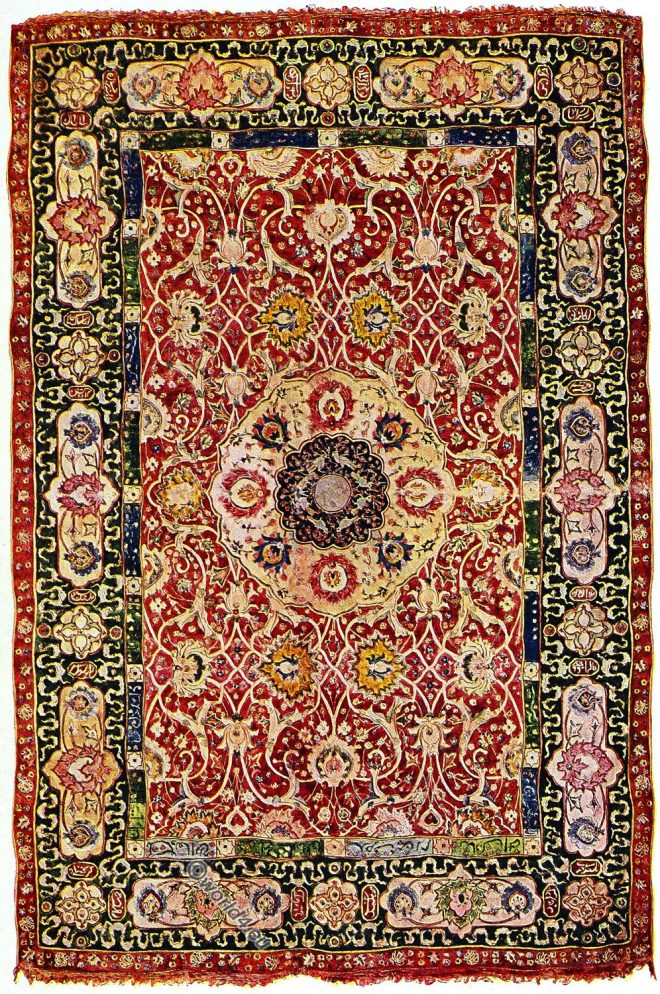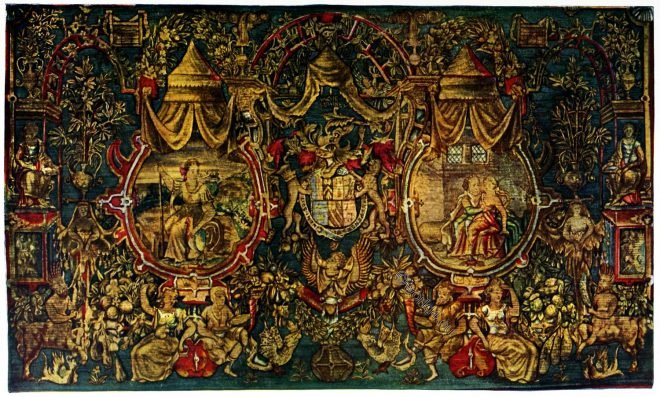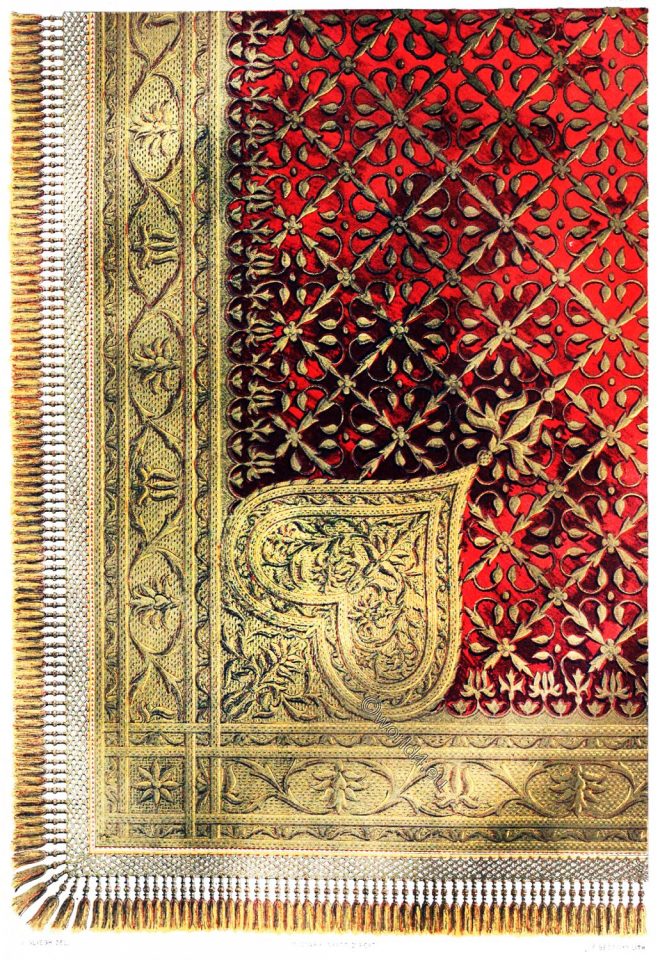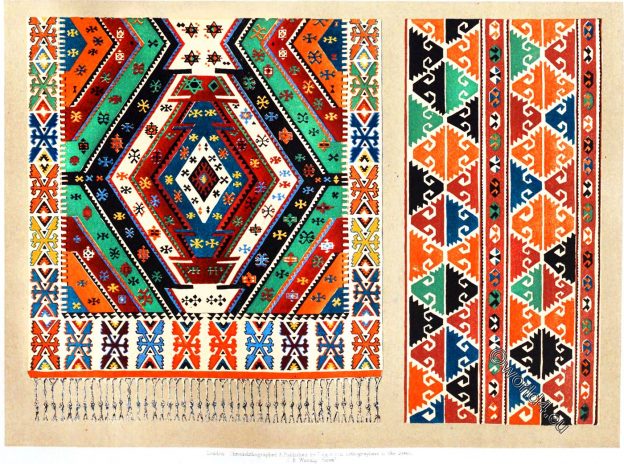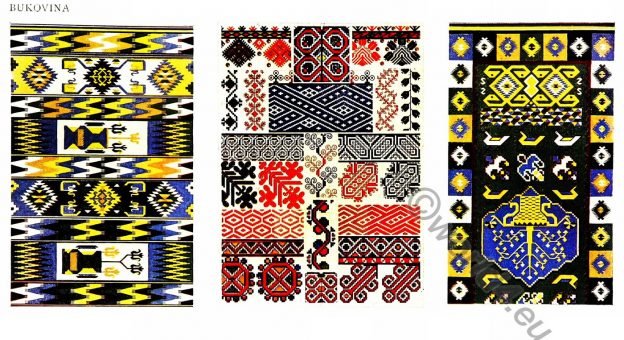The Ardabil carpet is a famous Iranian Persian carpet from the 16th century and at the same time the oldest carpet in the world with a specific year of manufacture.
Tag: Carpet
Ancient garden design. A Persian Royal Garden Carpet of the 16th century.
A 16th century Persian Royal Garden Carpet. (Reputed to have been made for Shah Abbas the Great for Sefavi Palace.) Date 1587-1628
Oriental Rug of the second or third quarter of the sixteenth century.
Oriental Rug probably from northern Persia. The arrangement of the arabesques in the main field is one of the most ingenious in Persian rugs.
The “Pembroke” tapestry. Tapestry weaving in England. Tudor 16th c.
The “Pembroke” tapestry at V&A Museum, contains the armorial bearings of Sir William Herbert, 1st Earl of Pembroke in the style known as “grotesque”.
Indian Elephant Trapping produced at Murshidabad, India.
The beautiful elephant howdah, presented by His Highness the Nawab Nazim of Murshidabad to her Majesty the Queen of England.
Masterpieces of Turkish nomad carpets of the 18th c.
Turkish nomad carpets made by nomad tribes throughout the Ottoman empire, known generally as Smyrna carpets. The women mostly working on them in winter.
Bukovina. Embroidery and Carpets.
Peasant art. Examples of Embroidery. Portion of an Old Carpet.
Terra di Lavoro. Two woolen carpets. Italy 18th c.
Two woolen carpets of the “Terra di Lavoro”
Abruzzi. Italian peasant rugs.
Heavy woolen blanket. Abruzzi, Italy ca. 1770
Oriental carpet. 15th century. Caucasus.
Carpet with conventionalized Animal-Figures: Incomplete Asia Minor or the Caucasus; First half of the 15th century. Length, 172 cm.; width, 90 cm.

